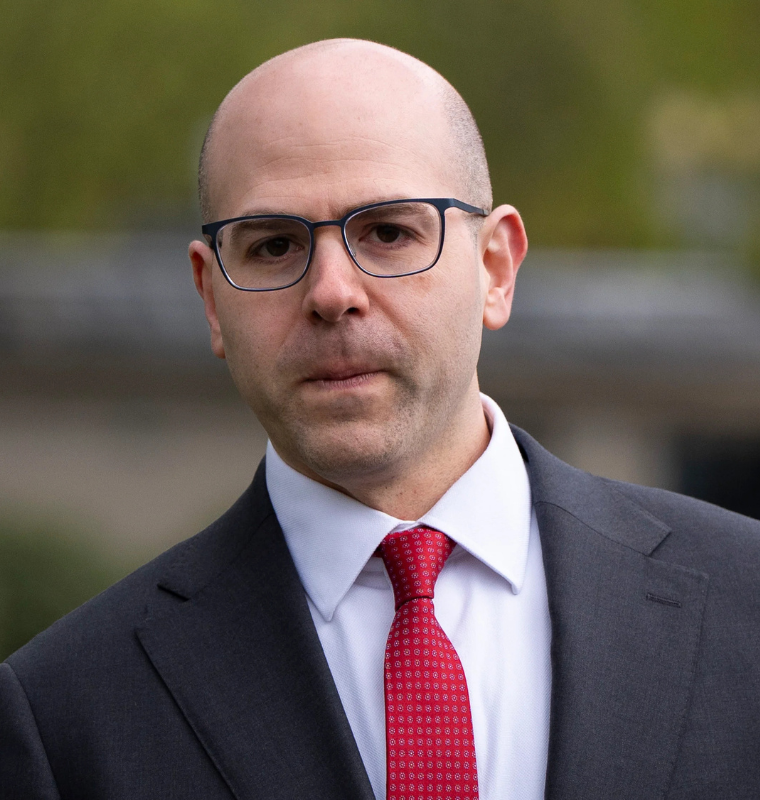Tesla’s Market Momentum Tested as U.S. Automakers Retreat from EV Push Under Trump’s New Policies
Tesla’s Market Momentum Tested as U.S. Automakers Retreat from EV Push Under Trump’s New Policies
By
Junia Wells
Last updated:
October 16, 2025
First Published:
October 16, 2025
.jpg)
Photo: Bloomberg.com
The electric vehicle industry is facing one of its most uncertain moments in years as major automakers—including General Motors, Ford, and Stellantis—scale back their EV ambitions under the weight of new Trump administration policies. With consumer incentives scrapped and regulatory pressure easing, Tesla now finds itself standing almost alone in an increasingly hostile policy environment.
General Motors this week revealed that it will take a $1.6 billion charge on its EV investments in the upcoming quarter, signaling deep trouble in the profitability and momentum of its electric transition. The announcement follows Ford CEO Jim Farley’s stark warning that demand for fully electric cars could fall by half now that the federal $7,500 EV tax credit has been eliminated.
Stellantis, which owns Jeep, Chrysler, and Peugeot, has also abandoned its earlier pledge to produce only electric vehicles in Europe by 2030. In the U.S., the automaker has walked back its EV production goals for Chrysler, citing shifting market conditions and waning consumer enthusiasm.
These moves come after President Trump’s administration revoked the EV purchase tax incentive at the end of September as part of a sweeping spending bill. The change is already reshaping the auto industry’s investment strategies and consumer demand patterns.
Tesla Stands Apart
Amid the turmoil, Tesla remains the most dominant force in the EV market—but its position is not without challenges. The company currently holds a 43.1% share of the U.S. all-electric vehicle market, down from 49% last year, according to data from Motor Intelligence.
Tesla’s upcoming third-quarter earnings report is now highly anticipated on Wall Street. Investors are eager to hear whether Elon Musk’s company can maintain strong demand without federal tax credits supporting purchases.
To cushion the blow, Tesla has launched lower-cost versions of its Model 3 sedan and Model Y SUV, effectively lowering entry prices to offset the policy-driven price hike. Analysts say the move could help Tesla recapture customers who might otherwise turn to hybrids or conventional models.
Steve Greenfield, managing partner at Automotive Ventures, said Tesla’s strong brand loyalty remains its greatest advantage. “Most Tesla buyers will likely stay in the brand when they buy their next car,” he said, noting that traditional automakers’ retreat could give Tesla room to grow its share again in 2025.
However, Greenfield warned of a “double whammy” for Tesla—reduced BEV demand as consumers front-loaded purchases before the tax credit expired, and thinner profit margins as the company cuts prices to stay competitive.
Policy Headwinds and Industry Fallout
The broader impact of Trump’s policy reversal is being felt across the automotive supply chain. Robbie Orvis, senior director at Energy Innovation, explained that the losses automakers are facing stem from a combination of tax changes, revoked federal funding, and regulatory rollbacks.
The administration has revoked California’s authority to set its own emission standards, cut billions in EV charger funding, and is rolling back tailpipe emission rules that had encouraged EV adoption. These measures have already cost U.S. automakers billions in lost investments and forced them to slow or cancel EV plant retooling projects.
With U.S. automakers stepping back, Chinese manufacturers are seizing opportunities abroad. Companies like BYD and Geely are rapidly expanding into European and Southeast Asian markets with cheaper, higher-quality EVs, intensifying competition and threatening Tesla’s international presence.
Investor Sentiment and Market Outlook
Despite the headwinds, Tesla’s stock has rebounded—up 7% for the year after a rough start marked by a 36% slump in the first quarter. The recovery was helped by Elon Musk’s own $1 billion stock purchase in September, signaling confidence in Tesla’s long-term prospects.
Analysts surveyed by LSEG expect Tesla to report $26.1 billion in revenue for the third quarter, a 3.5% increase year-over-year, even as they forecast a decline in the fourth quarter and the first annual revenue drop in Tesla’s history for 2025.
The company delivered 7% more vehicles in Q3 compared to a year ago, ending two consecutive quarters of decline. Yet experts like Mark Wakefield of Alix Partners caution that Tesla can’t count solely on rivals’ weakness. “EV demand was already slowing before the policy changes,” he said. “The market needs innovation, not just price cuts.”
The Bigger Picture
As policy winds shift, Tesla’s focus appears to be broadening. Musk continues to highlight ambitious projects like robotaxis and humanoid robots, betting that these innovations will define Tesla’s future beyond cars. He has claimed that 80% of Tesla’s future value will come from its Optimus robot, a project still in early testing stages.
But for now, Tesla’s fate remains tied to its electric vehicles. While competitors pull back, Tesla’s ability to sustain demand, manage costs, and maintain investor confidence could determine not only its own trajectory—but the future direction of the entire EV industry in America.
Popular articles
Subscribe to unlock premium content
The Digital Stage Economy: How Virtual Concerts Are Turning Pixels Into Profits

The Festival Economy: How Cultural Celebrations Turn Into Massive Markets

The Nostalgia Effect: How the Past Drives Modern Buying Decisions

The Digital Stage Economy: How Virtual Concerts Are Turning Pixels Into Profits

The Festival Economy: How Cultural Celebrations Turn Into Massive Markets

The Digital Stage Economy: How Virtual Concerts Are Turning Pixels Into Profits









